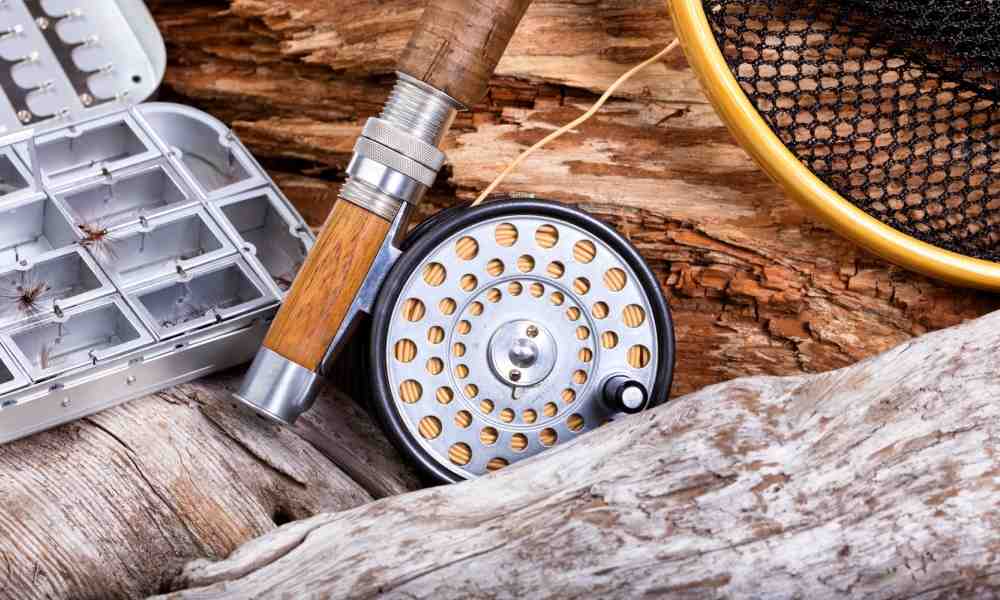Fishing Line Sizes and More

Experienced fishermen know the best tools for fishing. They also identify the different fishing conditions which can predict the kind of fishing tool they need. One of the important tools is the fishing line. Factors such as fishing line sizes, kinds, color and material should be examined when buying a new line.
In general, fishing line sizes determine the strength and visibility of fishing lines. The thicker the line, the stronger it is; the thicker the line, the more visible it is for the fish.
Fishing line connects the bait or lure to the rod and reel of the angler. It is thrown or cast at different distances to attract fish. When the lines hook a fish, it is challenging to reel fish in.
The fishing line size guide and other useful tips
Line size matters. In which way is a fishing line useful? What size line should be used for crank baiting? Which line size is best for a specific condition? Here are some useful tips and a guide of fishing line sizes.
For catching trout and small native fish in freshwater, a 2 – 4lb monofilament line is effective. For catching flathead, bream, salmon and larger native fish in pier and inshore, a 6 – 10lb monofilament line works.
A 12- 20lb monofilament or braid line can be very operational for catching kingfish, snapper and small tuna in near shore waters. Lastly, for catching large tuna, marlin, sharks and large kingfish offshore, a 30 – 130lb brain line is best used.
When it comes to fishing line sizes, it is recommended to size the fishing line generously. This is because the fishing line can lose up to one third of its strength at the knot.
Use only real or genuine fishing knots to fasten the terminal tackle and leaders to reduce the loss of line strength in the knot area.
When trying to catch a fast swimming Dorado fish in a 20 pound range, use the 30 pound test so that the line has enough strength and shock resistance when the fish hits at full throttle and takes off with the bait. However, also keep in mind that too heavy a fishing line can break the fishing rod.
Another useful tip is to use light line in clear water so that the fish will hardly see it. But with the presence of fluorocarbon lines, visibility is no longer a factor to consider.
How to fish
If you have decided to go fishing or consider it as an additional income, here are things that you need to learn before you get started:
Pick a good spot
This means, go where the fish are and the place where you will enjoy for several hours. Spots such as public lakes, rivers and ponds are usually the most ideal places. Useful tip: talk to fishermen or local sporting goods stores to learn more about the good spots in your place.
The water where you fish should be clean
If you plan to eat the fish, make sure that the water you are fishing in is clean. Talk to the authorities about the cleanliness of the water. If you’re not eating them, you can catch the fish and simply release them back in the water.
Get the necessary fishing license
The fishing license cost varies depending on the length of time you plan to fish. For a beginner, you can obtain a short term fishing permit to save money.
A typical fee is $40 for a resident and $80 for nonresident. However, there are days that states offer free fishing when anyone can fish without a fee or license.
Get the needed equipment
Getting into fishing means having the necessary equipment. This includes the fishing rods, hooks, lines, reels, etc. Make sure that you get durable and strong equipment without breaking the bank.
For beginners, the ideal pole is medium- length and the rod must be about as long as you are tall. Also, the rod’s weight should be comfortable for you.
There are more guides in fishing and choosing fishing line sizes. This is a basic article for now. For more information, look for other reliable resources or talk with experienced fishermen.

